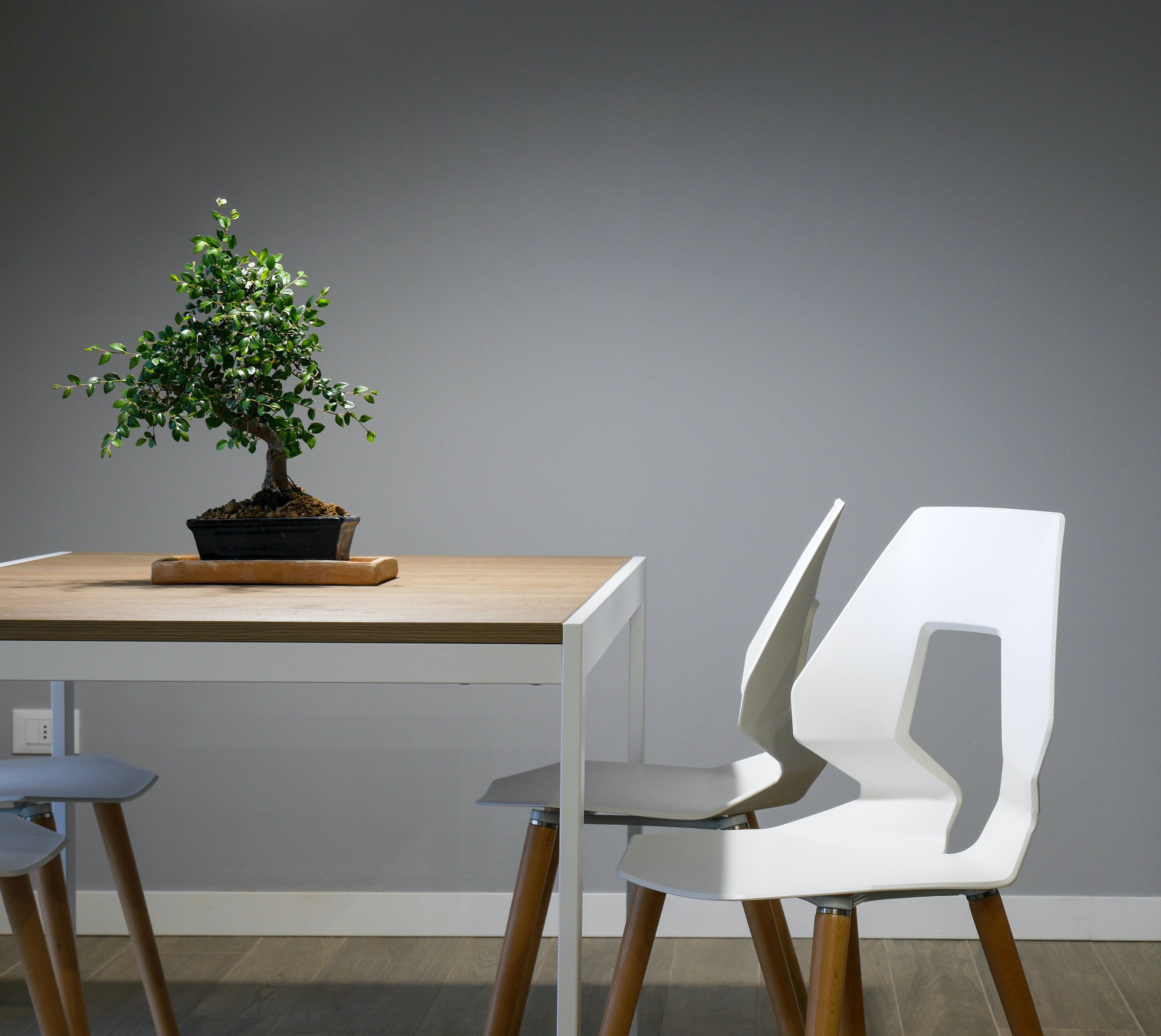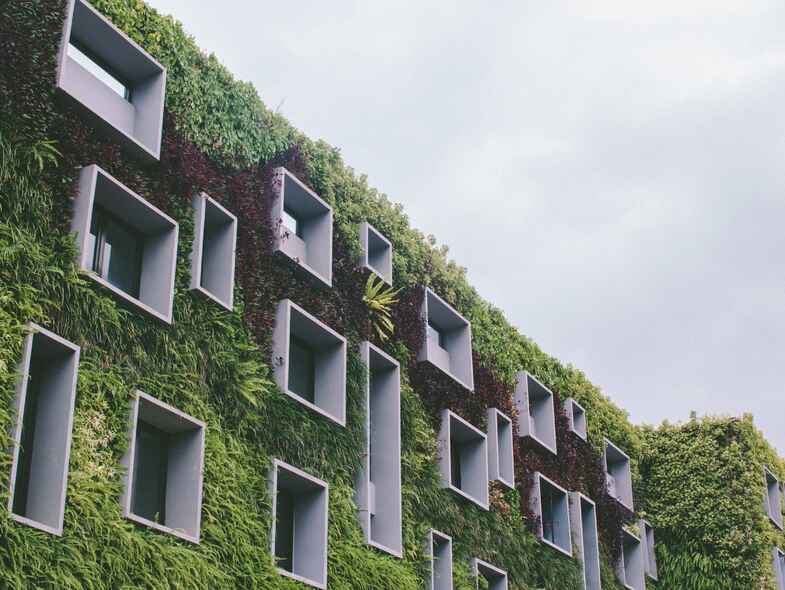When you’re looking to attract the right tenants, you not only need your property to look its very best, but also consider whether it’s energy efficient. More and more tenants are wanting to reduce their carbon footprint, so it’s important that landlords take that into consideration for current and future investment properties.
HEATING AND COOLING
The nation’s capital has some of the lowest residential electricity and gas prices across the country, but Canberra also has high levels of energy use. According to ActSmart, around half of the energy used, in an average Canberra home, is for heating and cooling, so with your property’s heating and cooling systems being major energy users, their efficiency should be reviewed regularly. According to the ACT Climate Change Strategy for 2019–25, upgrading your gas heating system to an efficient reverse cycle air conditioning system can reduce your emissions by around 14 tonnes over the system’s life while saving about $500 annually on heating bills. Likewise, upgrading your gas hot water system to an electric heat pump can help reduce emissions by about 10 tonnes over the pump’s life while saving about $150 per year. If potential tenants see that the property has energy efficient systems or has a high EER, then it will give your property the edge against the competition, meaning less days on the market.

Photography by Davide Cantelli
LOCATION
Location is one of the most important factors when choosing an investment property, and can be the make-or-break decision when it comes to whether a tenant puts in an application or not. As an investor, one of the key considerations when looking for a good rental property is its proximity to public transport links, and as more and more tenants look to reduce their carbon footprint, especially emissions caused by cars, viable public transport routes become more attractive. Low-carbon options, like rail, cycle lanes and walking paths are important factors to consider, not just the features of the property itself. Look for a variety of options that connect the property directly to the city centre or to major transport junctions so alternative public transport options are available. Another consideration when choosing an investment property is how close it is to schools, shopping centres, hospitals, parks, sporting facilities and other local amenities, and whether they can be easily accessed with public transport or on foot or bicycle. Your future tenants will be looking for these features, so you should be thinking like this as well.
SOLAR
Being energy smart is not only good for your wallet and that of your tenants, but the benefits to the environment are exponential. One of the many ways investors can save money and attract tenants is by installing roof-top solar panels. According to Solar Choice, in Canberra a typical 6kw solar system costs $5,620 on average after deducting the STC rebate and including GST. While this isn’t a small outlay of money, over the long-term this one-time purchase can save investors and tenants a lot of money on future power bills, and can also add value to an investment property when it comes time to sell.

Photography by Bill Mead
INSULATION
If you think you might have poor insulation in your investment property, then seek the services of a professional to conduct an assessment. According to ActSmart, an uninsulated home can lose 40% of its heat through the roof, 20% through the walls, and around 15% through the floor. Inadequate insulation can mean that in winter warm air escapes and cold air comes in, and the reverse in summer. This leads to heating and cooling systems working overtime to regulate the property’s temperature, resulting in unnecessarily high energy bills – something that no owner or tenant wants. The same thinking applies to doors and windows. Check if they are well-sealed or if you can feel a draught around the frames and edges. Gaps and cracks around windows can be easily addressed with a sealant, and escaping air around door frames can be fixed with weather strips and tubular draught blockers. If you have old windows, consider speaking to a professional about your options for replacement or even invest in double-glazed glass. If this is out of your budget, installing thick curtains and window blinds is an extremely cost-effective way of increasing your home’s insulation. You might also want to review your flooring while you’re at it, as even the smallest gaps between wooden floorboards can leak air.
–



